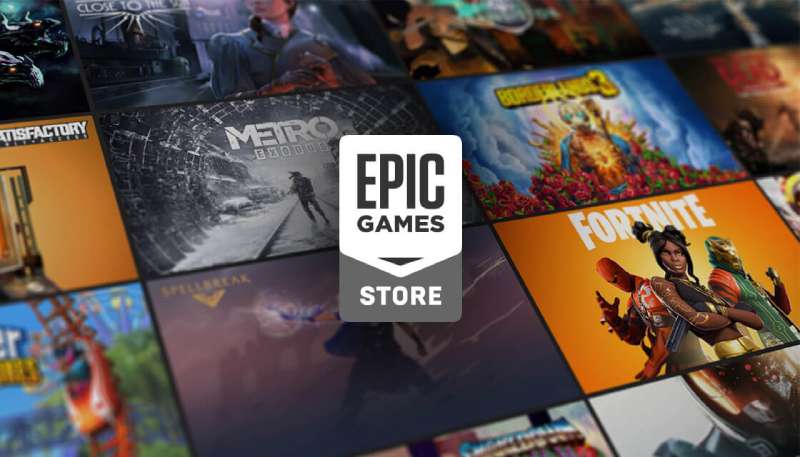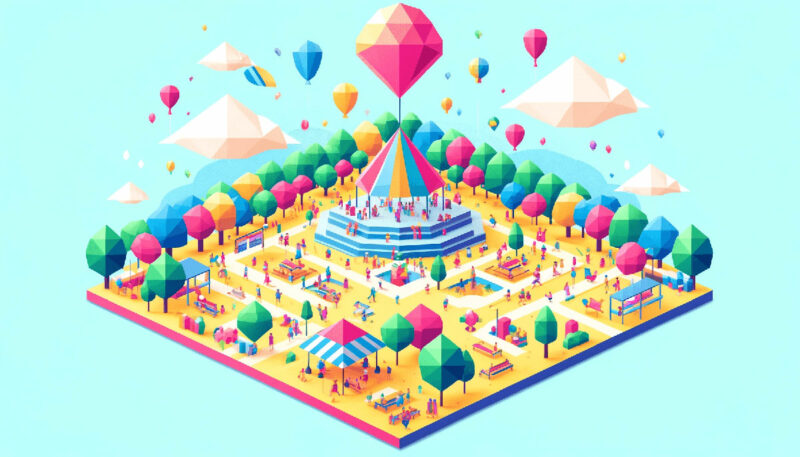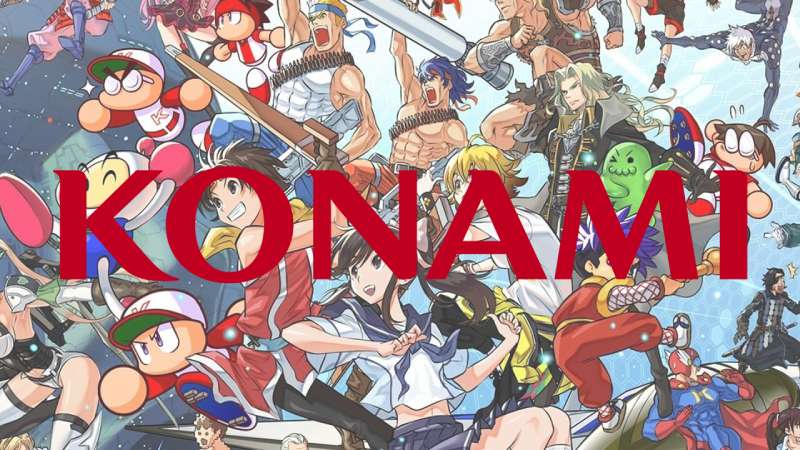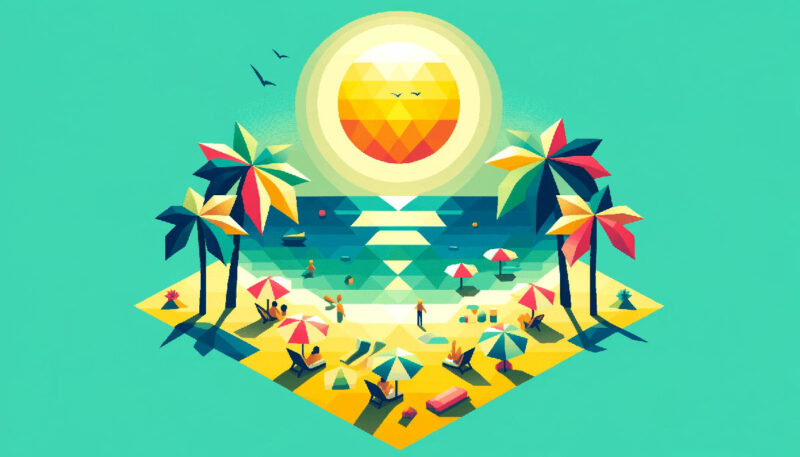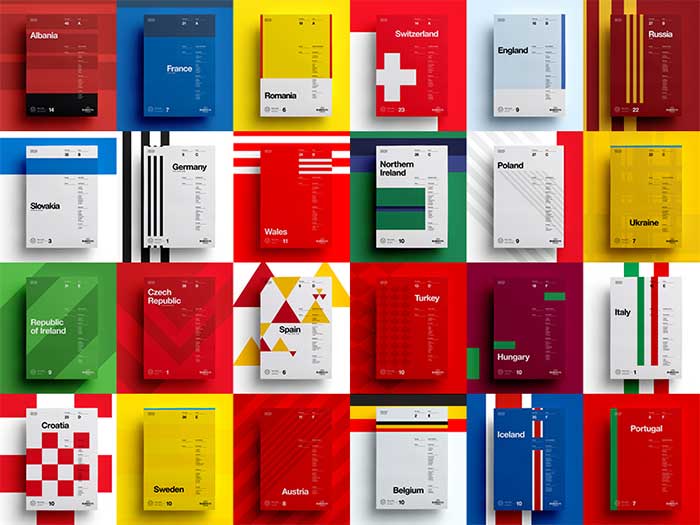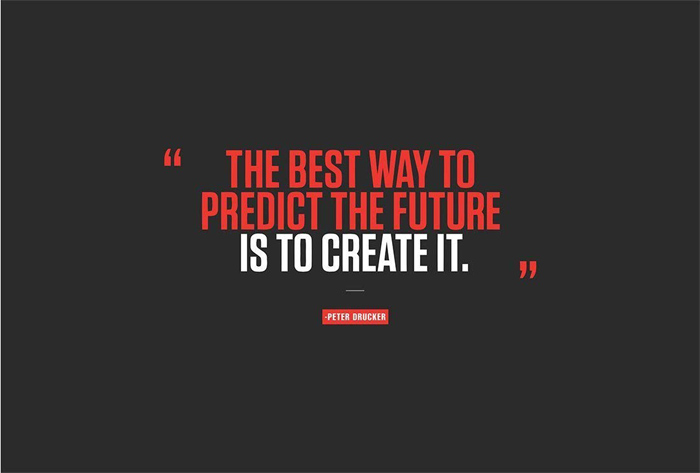What is Character Design: Crafting Memorable Characters
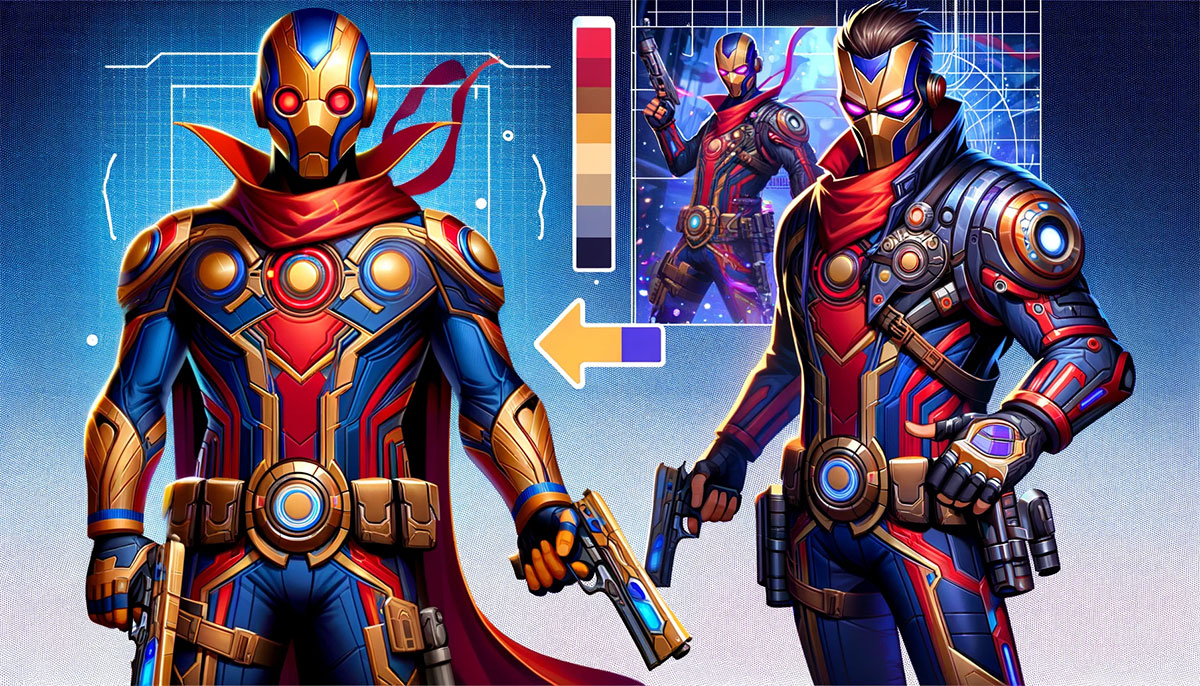
Imagine a blank canvas. Now, bring it to life with a dash of courage and a stroke of genius – that’s character design for you. This is no mere sketching routine; it’s the alchemy of transforming doodles into beings with soul, quirks, and a story to tell.
From the whimsical realms of Disney to the action-packed panels of Marvel Studios, character design is the unsung hero carving figures that linger in memories long after the tale is told.
In this deep dive, we unravel the tapestry of character creation from sharpening pencils to sculpting pixels. Whether you’re a fledgling artist with a Wacom pen or a visual storyteller at Pixar Animation Studios, grasp the fabric of creative character concepts and the anatomy that breathes life into mere outlines.
You’ll emerge armed with the know-how to craft original characters that do more than exist—they resonate.
Brace yourself for a carousel of illustration techniques, digital art tools, and personality-infused animation designs.
It’s not just an article; it’s a gateway to envisaging entities that could very well spring off the page.
Table of Contents
- Elements of Effective Character Design
- The Process of Character Design
- Specializations in Character Design
- Character Design in Film and Games
- Educational Pathways and Career Opportunities
- Tools and Software for Character Design
What is Character Design?
Character design is the process of creating a character’s appearance, personality, and other traits for storytelling in various media like films, video games, and comics.
This artistic endeavor focuses on making characters unique and memorable, often reflecting their role and characteristics in the story.
Elements of Effective Character Design
Key Components
Silhouette
Picture this: you see a character’s shadow against a wall, and instantly, you know who it is. That’s the power of a killer silhouette in character design.
It’s all about creating a distinct outline that pops. Think Batman with his iconic ears or Mickey Mouse and those unmistakable round ears.
A great silhouette doesn’t just catch your eye; it sticks in your memory.
Color Palette
Now, let’s talk colors. They’re like the secret spices in your favorite dish. Color choices in character design set the mood and vibe of your character.
Imagine Darth Vader in pink.
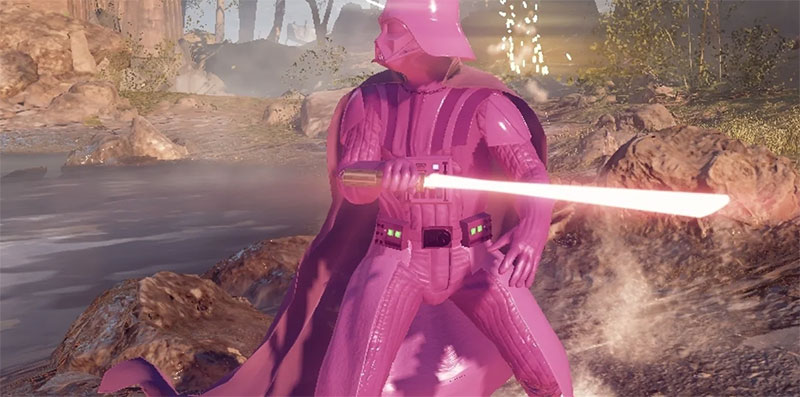
Weird, right?
The color palette is crucial for defining who your character is. Are they vibrant and energetic or dark and mysterious?
The colors you pick can tell that story without a single word.
Exaggeration
Alright, let’s get into exaggeration. We’re not talking clown shoes (unless that’s your character’s vibe). It’s about amplifying key features to crank up the emotional impact.
Those huge, expressive eyes in anime characters? That’s exaggeration at work. It’s like turning the volume up on certain traits to make a character more relatable, funny, or even scary.
Additional Considerations
Style/Tone
So, your character needs to fit the world they’re living in, right? The style and tone of your design should match the universe they inhabit.
You wouldn’t put a hyper-realistic character in a cartoony world. That’d be like wearing a tuxedo to a beach party. The style needs to vibe with the story you’re telling.
Costume and Posture
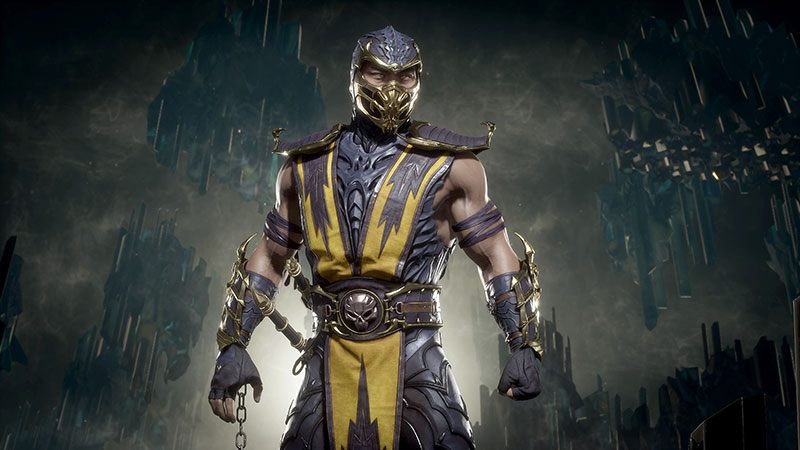
Moving on to costume and posture. These are the silent storytellers of character design. A slouched posture might hint at a shy character, while a sharp suit screams confidence.
The way a character stands, their outfit choice – it’s all part of the story. It’s like when you see someone in a superhero cape – you just know they mean business.
Story Role
Finally, let’s chat about the story role. Every character plays a part in the narrative. Like, is your character the hero, the sidekick, or the villain?
Their design should give us a hint. It’s like giving your audience a sneak peek into who they are without spilling all the beans.
The Process of Character Design
Research and Conceptualization
Okay, let’s dive into the nitty-gritty of character design, starting with research and conceptualization.
Picture this: You’re about to create a new character. Where do you even start?
Research, my friend. It’s all about soaking up every bit of info like a sponge.
Gathering Information and References
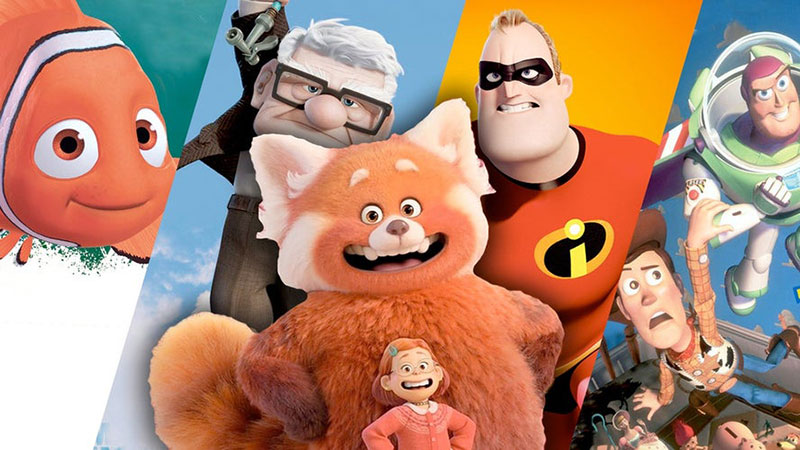
You begin by hunting down references. It’s like being a detective in the world of art.
You’re looking at classic manga characters, studying how Pixar shapes its heroes, maybe even peeking into the world of Marvel Comics for some superhero inspiration. This step is about filling your brain with all sorts of styles and ideas.
Understanding the Target Audience
Now, who’s going to love your character? That’s the audience you need to get in tune with. Creating a cool character for a video game?
You’re thinking about what gamers dig. Maybe it’s a character for a children’s book? Then you’re tuning into a younger vibe. It’s all about knowing who you’re designing for.
Developing Personality Traits, Background, and Motivations
Characters aren’t just pretty faces. They’ve got depth. Like, what makes them tick? Are they brave like a knight or sneaky like a fox?
And their backstory – that’s the secret sauce. It gives your character a reason to be. Why do they love adventure? Were they once a shy kid who found courage? It’s storytelling at its finest.
Design Development
Now the real fun begins. You’ve got your ideas; it’s time to bring them to life.
Sketching and Using Design Software
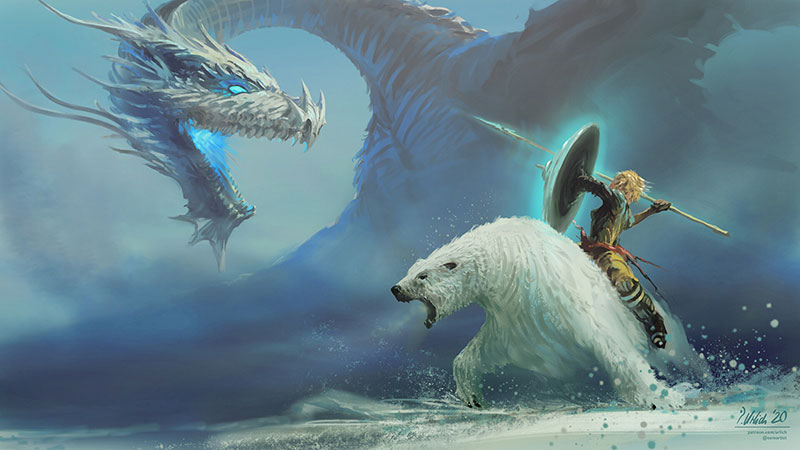
Grab your sketchpad or fire up that design software – Adobe Photoshop, Autodesk Maya, or even Blender. You’re sketching out rough ideas.
Maybe it’s a superhero with an exaggerated muscular build or a quirky alien with a unique silhouette. It’s like a jam session, but with pencils and pixels.
Experimenting with Poses and Expressions
Characters need to express themselves. So you play around with different poses and facial expressions. A raised eyebrow, a slouched posture – these tiny details add personality.
It’s like they’re starting to talk to you, telling you who they are.
Refining Silhouette, Color Palette, and Exaggeration
Remember, your character needs to stand out. You go back to the drawing board, tweaking the silhouette so it’s recognizable even in the dark.
The color palette – that’s your mood setter. Are they fiery red or tranquil blue? And don’t forget exaggeration. Enhance those key features. Make the eyes bigger or the arms more muscular. It’s about making a statement.
Finalization
Alright, you’re almost at the finish line.
Finalizing Details and Linework
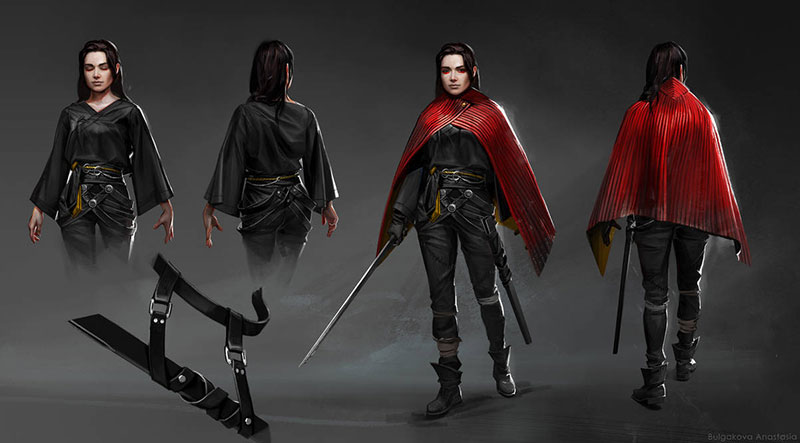
Here, precision is key. You’re defining every line, making sure each curve is smooth, each angle is sharp. It’s the final dress rehearsal before the big show.
Refinement and Improvement of Design
Last but not least, it’s the polish. You step back, squint your eyes, and ask yourself, “Does this character pop?” Maybe tweak the colors a bit, adjust the posture, add a little more flair to the costume.
It’s all about that final touch that makes your character not just good, but amazing.
Specializations in Character Design
Diving into the world of character design, you realize it’s like opening a door to a universe of endless possibilities.
Each specialization is a different flavor in this artistic feast.
Diverse Fields
When you think about character design, it’s not just one size fits all. It’s a spectrum, a kaleidoscope of styles and genres.
Anime, Fantasy, and Cartoon Character Design
Let’s start with anime. It’s like this perfect blend of exaggerated expressions and eye-popping visuals. Anime characters, they’re not just drawings; they’re emotions on paper (or screen). Think of those iconic Studio Ghibli films. It’s art that makes you feel.
Fantasy character design? That’s a whole other ball game. Here, you’re creating worlds, not just characters.
Elves, dragons, warriors – it’s like diving into a Tolkien book. The key? Imagination, and loads of it.
And cartoons – ah, the childhood nostalgia. Cartoon character design is all about fun, exaggeration, and bright colors.
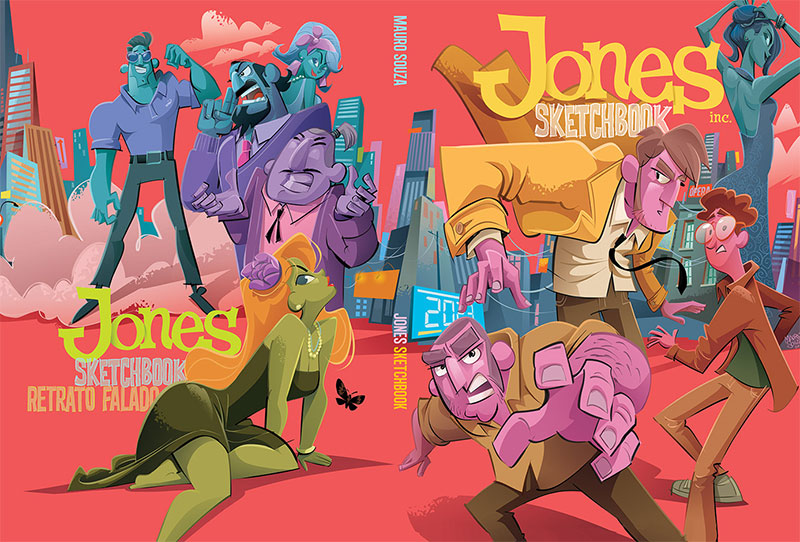
Remember Saturday morning cartoons? It’s like bringing those memories to life.
Inclusive Character Design for Diverse Audiences
Now, this is crucial. Designing characters isn’t just about cool looks; it’s about representing everyone. Inclusivity in character design means characters of all shapes, sizes, colors, and backgrounds.
It’s like holding a mirror to the real world. We’re talking about diversity – in race, gender, culture. Why? Because everyone deserves to see themselves as a hero, a villain, or anything in between.
Character Design in Film and Games
Character design, oh boy, it’s like the secret sauce in films and games. It’s not just about making something look cool; it’s about creating souls that resonate with audiences and players.
Let’s break it down.
Application and Impact
Role in 3D Modeling and Animation Stages
Imagine you’re crafting a character for a game or a film. First up, 3D modeling. It’s like sculpting, but in the digital world.
You take your character design, that initial sketch or concept, and bring it into the realm of 3D software like Autodesk Maya or Blender.
Then comes animation. This is where your character starts to move, to live.
Every gesture, every expression, is like a brushstroke on a canvas, but instead of paint, you’re using pixels. It’s about bringing emotional depth, making the character more than just a bunch of animated sequences.
Use as Reference Points for Storyboard Artists and Animators
Storyboard artists are like the directors of the visual script. They take your character design and sketch out the film or game’s blueprint.
Your design guides them on how the character moves, reacts, and interacts with the world.
For animators, your character design is their roadmap.
They look at your color palette, the exaggerations you chose, and the style, and they bring it all to life. It’s like your character design is the seed, and their animation is the tree that grows from it.
Educational Pathways and Career Opportunities
Educational Requirements
Recommended Degrees and Fields of Study
So, you want to dive into character design? The first step is often hitting the books. But it’s not just about traditional art degrees. It’s a mix, a fusion of different studies.
You could go for graphic design, animation, or even something like 3D modeling.
These courses are like your treasure maps, guiding you through the basics of anatomy, color theory, and digital art techniques.
And let’s not forget the software side – getting cozy with tools like Adobe Photoshop or Autodesk Maya.
Career Prospects
Job Availability and Industry Demand
Now, let’s talk about the gold at the end of the rainbow – jobs. Character design is not just about drawing cool characters for comics or video games. It’s bigger than that.
You’ve got animation studios like Pixar and Disney, where character design is king. Then there’s the gaming industry – think big names like Nintendo or indie game studios.
They’re always on the hunt for fresh talent with a knack for creating memorable characters.
Salary Expectations and Growth Opportunities
Alright, the million-dollar question: What about the money? Well, like any career, it starts modest but can grow.
As you build your portfolio and get your foot in the door with studios or freelance gigs, your value goes up. It’s like leveling up in a game. The more skills and experience you gain, the better the pay. And let’s not forget the growth opportunities.
Today, you might be sketching characters; tomorrow, you could be leading a design team or even running your own studio.
Tools and Software for Character Design
It’s not just about talent; it’s about having the right software at your fingertips. Let’s break down what’s in this digital toolbox.
Selection of Tools
Overview of Various Software Programs and Their Features
First, the big names: Adobe Photoshop and Autodesk Maya. They’re like the Swiss Army knives of character design.
Adobe Photoshop, oh boy, it’s a paradise for digital painting and sketching. Whether you’re crafting a simple cartoon or a complex character for a graphic novel, Photoshop is your go-to.
Then there’s Autodesk Maya. It’s like stepping into the third dimension. Maya is all about bringing characters to life in 3D.
It’s used in big animation studios and game design – think Pixar or Blizzard Entertainment.
But wait, there’s more. Blender, it’s the underdog, but man, it’s powerful and guess what? It’s free.
It’s perfect for budding designers who are just dipping their toes into the world of 3D character modeling.
Choosing the Right Tools Based on Style and Client Needs
Choosing the right tool, it’s like picking the right brush. It depends on your style and what you’re aiming to create.
If you’re into more traditional, hand-drawn styles, something like Adobe Illustrator could be your best friend. It’s vector-based, which means clean, crisp lines – perfect for comic art or animation.
But if you’re into more detailed, realistic character designs, you might lean towards something like ZBrush.
It’s like the clay of the digital world, allowing for super detailed and lifelike models.
FAQ on Character Design
How do I start designing a character?
Kick off with brainstorming. Jot down traits, quirks, a backstory—get those juices flowing. Once the groundwork’s laid, sketch multiple drafts.
Think variety!
Digital illustration or pencil on paper, find the medium that gets your creative motor running. Character sketches are just the start of a beautiful journey.
Which software is best for character design?
Navigating the world of design software is like finding the perfect brush. Adobe Photoshop reigns supreme for many, but Adobe Illustrator leans into vector art.
Clip Studio Paint is gold for manga charms. And ZBrush? That’s for sculpting your 3D models into existence.
What are the key elements of effective character design?
Effective characters are unforgettable. They have distinctive visuals, clear personality traits, and a design that reflects their role in the story.
Think of Pixar’s mastery here. A harmonious blend of form, function, and style makes for a character that resonates and lives beyond their world.
How important is backstory in character design?
Oh, backstory? It’s the spine! Without it, your characters slump—lifeless.
The backstory is what gives them purpose, drives their behavior, and justifies their character development throughout the plot. Weave a rich history, and watch your characters stand tall, complex, and true.
How do I make my character unique?
Here’s the secret sauce: originality mixed with relatable traits. Draw inspiration from a variety of sources—nature, history, your own experiences.
Why not blend unexpected elements? A hint of creature design, a dash of emotional depth. And remember, your unique touch, that’s what makes a character truly vivid.
What are some common mistakes in character design?
Common pitfalls? Overcomplicating things tops the list. Tons of detail can drown out the character’s essence.
Lack of consistency is another—making a character behave or look differently without reason. Balance intricacy with simplicity, and stick to your character models. Coherence is king.
How does character design impact storytelling?
Characters are the soul of storytelling. They’re the bridge between the audience and the narrative.
Effective design contributes to the character archetypes, setting tone and mood. It’s visual shorthand, informing viewers about who they’re about to embark on a journey with before the first chapter even unfolds.
Can character design affect the success of a video game or animation?
Absolutely! Think of character design like the cover of a book. It snags attention. In video games and animations, compelling characters hook players and viewers, inviting them into the world.
The design must gel with the game’s universe or the animation’s style, adding depth and appeal.
Where can I find inspiration for character design?
Inspiration is a wild creature—it lurks everywhere. ArtStation and DeviantArt are havens showcasing animation design to comic book characters.
Reflect on your favorite visual works, be it Hayao Miyazaki’s animations or a page from a graphic novel. Pop culture, nature, even your dreams are treasure troves of inspiration.
Conclusion
We’ve roamed the realm of character design, peeking behind the curtain to see the gears turning, the colors splashing, the lines defining.
From the spark of an original character to a fully realized being that could strut off the screen, it’s been quite the odyssey, hasn’t it?
We chatted about:
- Brainstorms and character sketches.
- Pixels pushed around in Photoshop and meshes manipulated in 3D modeling.
- All those personalities, whether heroes with hearts of gold or villains with layers, carved out through character development.
In the end, we’re not just making some forgettable doodles. Nah. We’re fabricating worlds, populating them with souls that might make you laugh, might make you cry, or hey, even both. Whether it’s for the next hit game or that short film that’s sure to turn heads, the characters we craft are the silent narrators of our stories. From sketch to screen, they’re the silent notes of our creative symphonies.
If you liked this article about character design, you should check out these as well:
- Monogram Logo Designs: How To Create A Monogram
- Layout Design for A Magazine Page and Printing Tips
- Illustration styles: definition and examples of this art
- Character concept art: 17 Examples that look inspiring
- The Epic Games Logo History, Colors, Font, And Meaning - 24 April 2024
- Spread Joy: Happy Color Palettes for Uplifting Designs - 24 April 2024
- The Konami Logo History, Colors, Font, And Meaning - 23 April 2024


